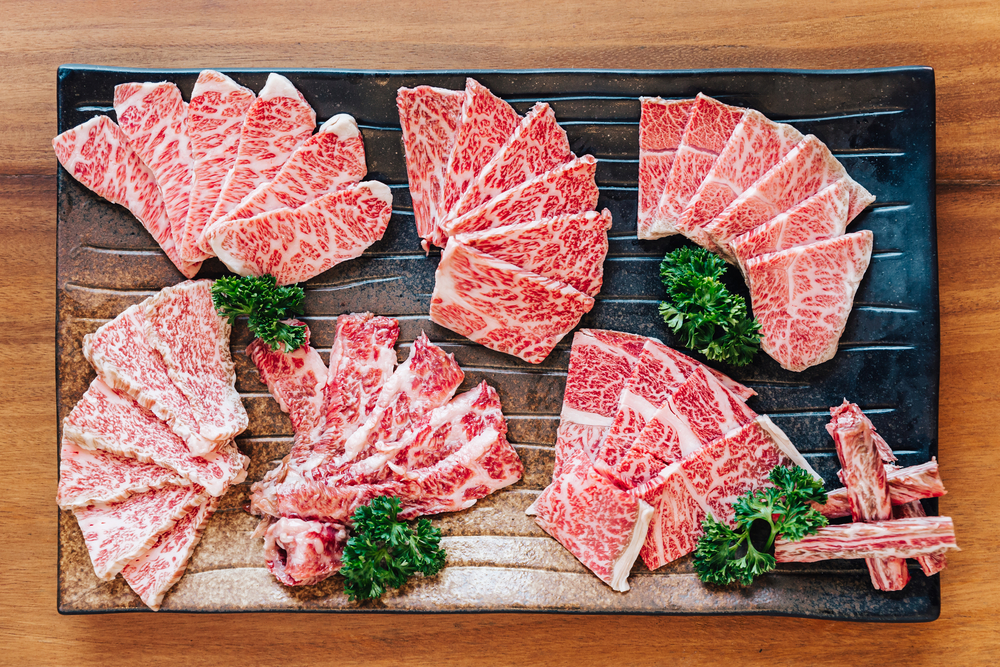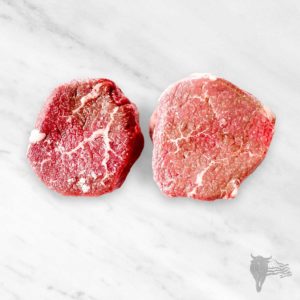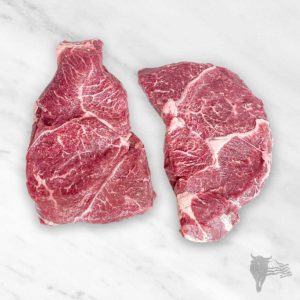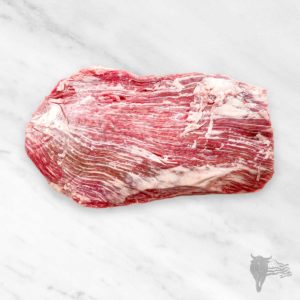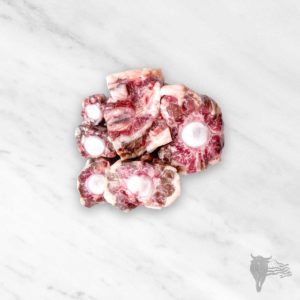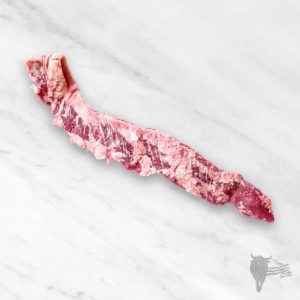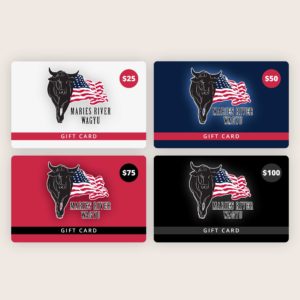Wagyu is one of the most prized beef in the world. It’s famous for its remarkable flavor and texture. Unbeknownst to some, this beef comes in various types. In this post, we will discuss the different types of wagyu beef in Japan and America.
First, let’s talk about Japan.
The types of wagyu beef come from the four different breeds that are raised in Japan.
Japanese Black (Kuroge)
This is the most common breed in Japan that comprises about 90% of the Wagyu cattle breeds. It is popular for its exquisite flavor due to its fat and intensive marbling.
Japanese Brown (Akage)
Also known as Red Wagyu, this type of breed is only found in Kochi Prefecture and Kumamoto Prefecture. What sets it apart from other breeds is that it’s a healthier breed of cattle. Therefore, the meat it produces is lean but firm with a fine texture.
Nihon Tankaku (Japanese Shorthorn)
This can only be found in the northern part of Japan. What sets it apart from other wagyu is that its meat takes time to eat because it’s lean.
Japanese Polled (Mukaku)
Among all wagyu breeds, this cattle has the smallest population. The meat it produces has high lean meat and produces a distinct flavor.
Wagyu Brands
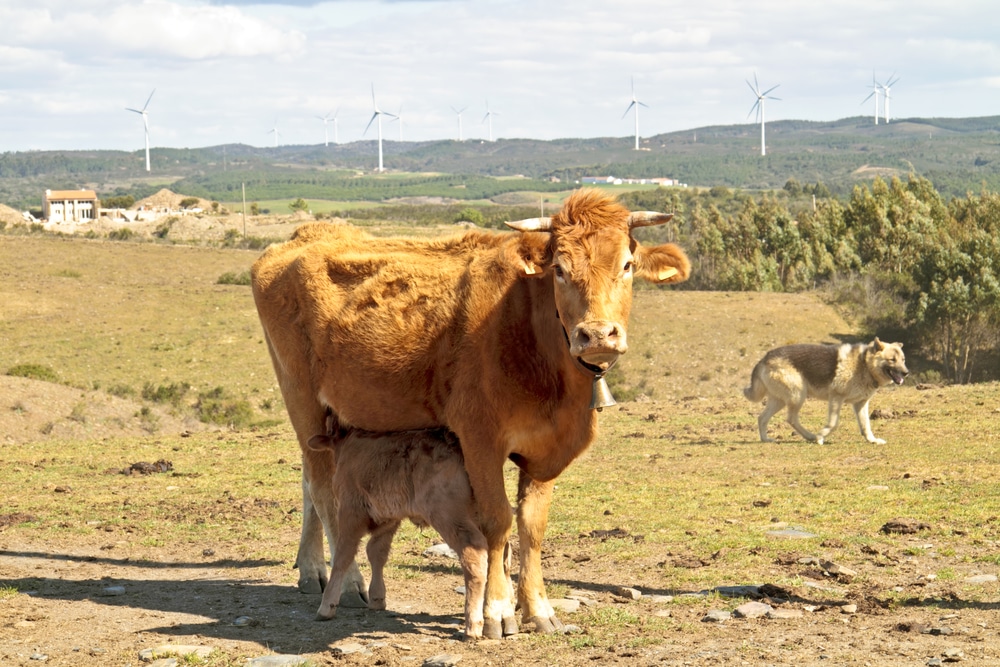
There are different brands of wagyu today. Kobe beef that comes from Hyogo prefecture is the most famous brand in the world of Japanese beef wagyu. Why? It’s the first brand that has been promoted internationally. Moreover, Kobe has a status as one of the country’s biggest port cities. The wagyu from the city comes from a subspecies of Japanese Black cattle called Tajima beef.
Another brand is the Ohmi beef that comes from Shiga prefecture. It’s an older strain of Japanese Black cattle that is cultivated longer than Kobe beef. It is known for its fine texture of its marbling that gives the meat a smooth, sweet flavor.
Matsusaka beef comes from Mid prefecture and Tajima cows. It’s raised in Fukano Valley, a remote location. Therefore, it’s not so famous outside Japan, but the area is known for its high quality and highly-pampered cows that are believed to be fed with beer and get massages.
Hida beef is another popular brand that comes from Central Japan. It has thinner muscle fibers and a fine marble coating that appears on steaks, flank, shoulder, and round cuts.
There are also non-Tajima strains of Japanese Black cattle, such as Miyazaki beef, Yonezawa beef, and Hitachi beef.
In America…
With a growing number of people all over the world who are interested in Japanese Wagyu beef, American cattle farmers found a way to incorporate the characteristics of authentic wagyu into domestic beef. As a result, this led to the development of American Wagyu cattle, which are Japanese cattle crossed with Black Angus cattle.
There are different classifications of wagyu in the US due to crossbreeding:
- F1 (50% Crossbred Wagyu): F1s are the most common type of wagyu in the US, resulting from a Fullblood Wagyu and a conventional cow. Usually, they are bed with Angus. Angus are a bigger breed of cattle, so when they crossbred with Wagyu, which is smaller, ranchers get the best of both worlds.
- F2 (75% Crossbred Wagyu): F2s are the result of an F1 cow and a Fullblood Wagyu bull.
- F4 (93.75% Purebred Wagyu): This is the result of a Fullbloog Wagyu Bull with an F3 Sire.
- 100% Fullblood Wagyu: This is the offspring of two 100% Fullblood Wagyu animals that have proven lineage to their Japanese genes without any history of crossbreeding.
What sets American wagyu apart is that it has less fat and marbling compared to Japanese wagyu. Rest assured, the meat is still juicy and tender.
There is no comparison between Japanese and American wagyu. It’s important to keep in mind that the Japanese version is stronger. However, full-blood American wagyu and its Japanese counterpart comes from genetically pure pools. The thing is, it’s not only about genetics. It all comes down to what the cows are eating, how they are raised, what they drink, and many more.
Another thing is that American wagyu doesn’t have as detailed a rating system as Japanese wagyu. Both have intense marbling, but it’s only the American wagyu that doesn’t benefit from the USDA’s marbling system.
A Work of Art
Wagyu cattle, regardless of the type, are raised in specific conditions, which makes them special.
For one, in America, the wagyu cattle are fed for over 400 days of mostly wheat and corn.
Generally, in Japan, wagyu cattle are given a comfortable life in the natural environments of the country. Here, the cattle are fed Japanese rice straw that contributes to the pure white color of the marbled fat you see on wagyu today.
Moreover, Japan is the only country in the world that registers every head of purebred Wagyu stock.
The Best Cuts
There are different wagyu cuts, and each one has a unique flavor and aroma. Sirloin meat is the one of the most sought-after, which is usually used to make wagyu steak or sukiyaki. Another cut is the meat around the loin with its fine marbling, which is why it’s one of the best cuts.
You can also try the rib roast that offers a good balance between marbled and lean meat. This cut is usually used for shabu-shabu. Other prime wagyu cuts are the chuck flap and the bottom flap. Japanese-style barbecue restaurants serve rare cuts.
Wagyu is so popular and everybody wants to try it. Knowing the different types will help you taste the best wagyu beef out there, whether Japanese or American. It’s important to know that both wagyu are delicious, and it’s not all about genetics. There are a lot of factors that come into play when it comes to the quality of wagyu.
Use this information to guide you in choosing the right wagyu meat for you and ensure you get the most out of the experience. After all, this meat doesn’t come cheap.
